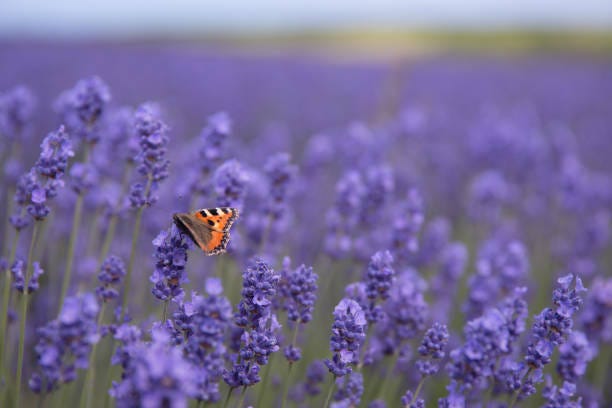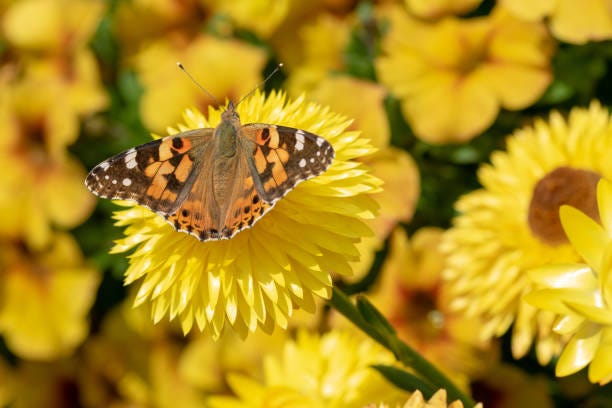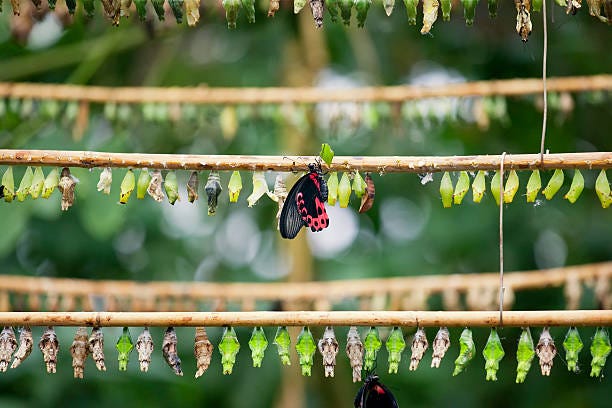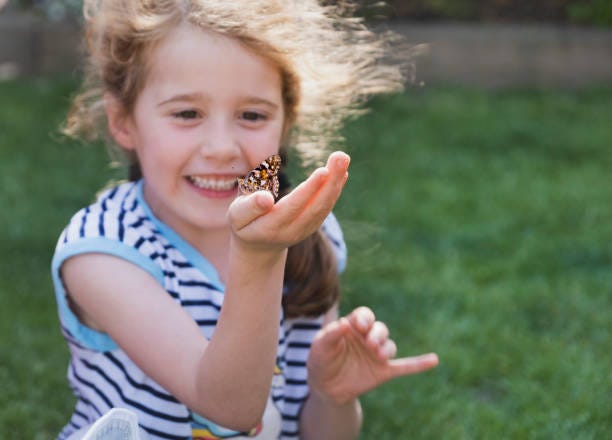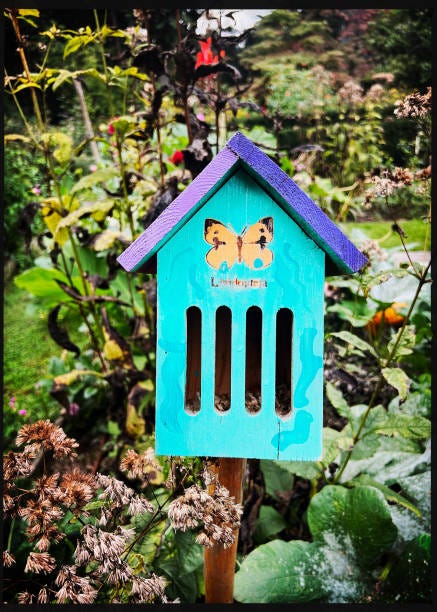Hi it’s Ben, welcome to The Entmoot.
In this week’s issue we'll look at:
A Butterfly state of emergency
How social media crazes can threaten nature
A zoo forced to get rid of two Giant Pandas
And more…
Best links
Wildlife Conservation
How social media is putting our rarest wildlife at risk (Guardian)
The theme for this year's Wildlife Week, "Wildlife Conservation Through Coexistence," aims to highlight the importance of harmonious living between humans and nature (EastMojo)
Pets
Find the best Dog nutrition for your pet with Butternut box (Butternut box)
Climate Change
Melting glaciers force two European countries to redraw the Alpine border (Guardian)
A look into how climate change affects hurricanes, cyclones and typhoons (BBC)
Zoo news
Zoo forced to get rid of two Giant pandas (Metro).
Jobs
Zoo keeper positions are available at Exmoor, Chessington and Chester Zoo (Wild Professionals)
Find the latest environmental, Ecology, and fundraising positions here (Environmental jobs)
Featured Article
It’s not all about the bees
A Butterfly state of emergency
Butterflies are synonymous with peace, nature and sunshine, but in the U.K their survival is severely threatened.
The ‘Big Butterfly Count’ is organised by Butterfly Conservation every year - asking the public to count the numbers they spot in their gardens - and this summer has been the worst on record.
The average number this year was 7 over the span of a 15-minute count, down nearly half from last year’s average of 12.
Conservationists have called the results “very disturbing” and warn of a current “butterfly emergency”.
Why are butterflies important?
Sure they look pretty, but why else should we care about protecting them?
The main reason is their place within the ecosystem.
Butterflies are prey to many birds, bats and other insectivorous animals. A significant reduction in their numbers would result in the rest of the food web suffering, with a knock-on effect on predators and prey alike.
Then there's the butterfly’s role as a pollinator
Bees get most of the attention when we think about pollinating insects, but there are others that fulfill this role too. Butterflies pollinate in a similar way to bees - collecting pollen from flowers whilst they feed as it sticks to their hairy legs and abdomen. They then move onto the next flower, mixing the pollen collected from previous plants and resulting in pollination. This process is essential to the reproduction of many flowering and fruit-bearing plants, meaning we'd struggle to live without them.
Ecological indicators
Butterflies are used by many entomologists as an indicator of overall ecosystem health. This is because an abundance of butterflies usually coincides with a high population of other invertebrates, meaning more food to support predators and to carry out vital ecosystem processes.
By providing an easy-to-access understanding of ecological health, they make it feasible to understand what needs to be done to help support many other species of animals, plants and fungi.
There are also some very immediate ways butterflies can impact people.
Human beings are biophilic, which means we love being around nature and green spaces. This can be seen by our need for parks in city centres, by the planting of trees along concrete roads, and by well-loved gardens nestled next to our man-made houses. We understand the necessity for advancements in technology and nice warm homes, but we need to be close to nature as well.
This is another great reason why butterflies are important - they give us yet another beautiful and immediate connection to nature that can have measurable benefits to our mental health and well-being.
Without the presence of butterflies, our lives would be significantly less colourful. But the good news is, there is still time to help them as much they help us.
Why the decline?
Well, the short answer to this question is the same as many population declines in endangered species; habitat loss, climate change, and pesticides.
Climate change has caused wetter springs and cooler summers in the UK, which is not ideal for insect numbers. This is an ever-present issue that is affecting multiple species, including predators such as bats which have had a very bad season this year.
The use of harmful pesticides is a massive worldwide issue that needs to be addressed by governing bodies in conjuction with adapted farming practices, to produce a less environmentally harmful solution whilst still ensuring food security.
Habitat loss in the UK is also caused by the farming industry - a reliance on high yields of mono-crops means that ecologically rich habitats are being stripped of their diversity and soil health is declining. The rapid increase in urbanisation is also ever-encroaching on viable habitat space.
But there is good news.
Unlike many critically endangered species that require vast amounts of funding and research to protect, helping butterflies is much simpler and you can make a big difference with very little financial or time investment.
While attempting to mitigate climate change or the use of harmful pesticides seems like a mountain to climb as individuals, providing a habitat for butterflies to thrive is not.
Dr. Richard Fox of Butterfly Conservation has said we have “an obsession with tidiness that's just really bad for nature" when talking about our gardens and countryside.
They may not be aesthetically pleasing and many consider them to be weeds, but the presence of species such as nettles, bramble and milkweed are great sources of food for butterflies. By designating just a small area of your garden as a butterfly habitat, you can encourage a big change to take place and support biodiversity.
You can also plant nectar-rich flowers and fruit trees that attract butterflies and give them a food source. Some great examples include buddleia, bluebell, lavender, red campion, cornflower, primrose, bird's-foot-trefoil, and clover. Although it may be a nuisance, you can also help by leaving the earliest flowering weeds such as dandelions to flower to give the early-emerging pollinators the boost to get going after winter.
By cutting out the use of inorganic pesticides in your garden, the pests will attract their own natural predators who will target and suppress the numbers of nuisance species. This will have a positive effect all the way up the food chain and eventually attract the animals we love to see in our gardens such as hedgehogs, frogs, toads and slowworms.
By placing a butterfly feeder in your garden, you can create another food source for insects - these can be made at home or bought at a local garden centre. Simply place a water and sugar mixture inside, or alternatively use some over-ripe fruits and watch them flourish.
Thank you for joining
If you have enjoyed this week’s newsletter, let me know in a comment or share it around so more people can get involved in the conservation conversation. Thanks for reading and see you again next week.




